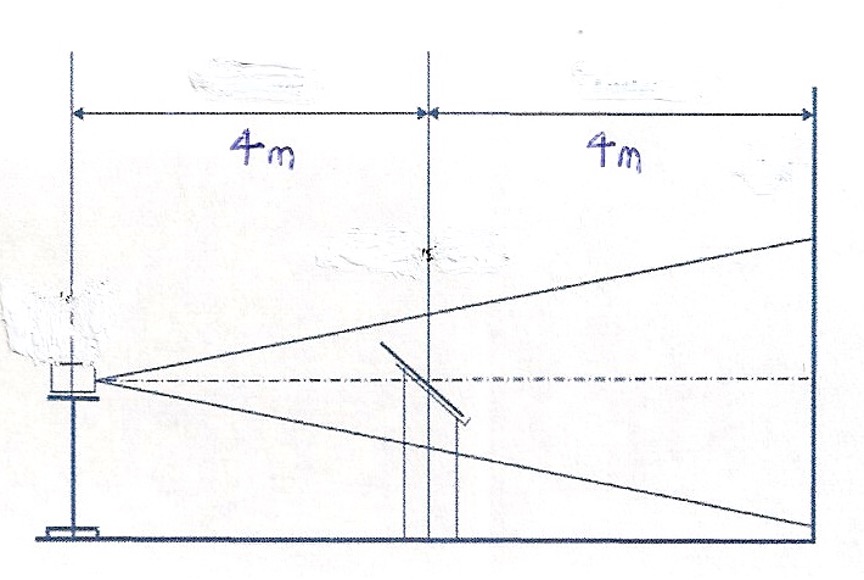As we discussed in the first two posts of this series, polycarbonate has a number of advantages over acrylic for hockey spectator shielding:
Polycarbonate is more flexible than acrylic. This increased flexibilty can contribute to reducing the risk of concussion and improving player safety. Tests have shown it can be over 60% more flexible.
Polycarbonate sheet will not break unlike acrylic. This strength leads to less risks to spectators. Thinner sheets also lead to less potential for injuries to arena personnel during installation.
Given these significant benefits, why then did arenas choose acrylic when moving away from tempered glass? The answer lies in the optical properties of the sheet. Even though acrylic is not as flexible or as strong as polycarbonate, it was a significant improvement over tempered glass.
A cast process is used to make the acrylic sheet used in hockey arena shielding. In this batch process a liquid monomer is poured between two sheets of glass separated by an edge gasket. The whole structure is then heated to polymerize the liquid monomer into the solid acrylic sheet. Once this process is complete, the two pieces of glass are then removed. The process is slow and has some limitations, such as the difficulty in controlling thickness. However, it does produce a very clear sheet with very little optical distortion.
Polycarbonate sheet cannot be made in the same way due to the chemistry involved. To make polycarbonate sheet, it is necessary to polymerize polycarbonate in a reactor and then form plastic pellets. These pellets are then melted in an extruder. The molten polymer is then passed between some chrome rolls to make a smooth sheet. The process of extruding sheet is a continuous process that produces a very consistent product. Unfortunately, until recently, the optical properties of polycarbonate sheet were no-where near as good as acrylic sheet. Poor optical distortion was often caused by the process. This distortion would make viewing hockey through the sheet a poor experience. This distortion issue became more severe the thicker the sheet. Most of the polycarbonate sheet on the market still has a distortion issue. This distortion is particularly obvious on the thicknesses required for hockey spectator shielding.
HighLine believes that polycarbonate offers many advantages over acrylic for the hockey arena market. HighLine has devoted considerable resources to improving the optical distortion of 0.39″ to 0.585″ polycarbonate sheet. We are now able to offer a sheet that has optical properties as good as cast acrylic sheet. We test the optical properties by projecting a line pattern through a sheet that has been inclined. The test equipment set up is shown in the diagram below. This test method is based on a German test standard used to measure distortion on front windshields of automobiles.

With a sheet with optical distortion, this pattern becomes distorted when it passes through the sheet. The projected pattern from a competitor’s polycarbonate sheet is shown below.

Viewing a game through a sheet with this level of distortion would be difficult at best.
In comparison below is the projected pattern from a HighLine Polycarbonate sheet used for hockey arena shielding:

It can be seen that virtually no distortion is detectable.
Sheet from HighLine Polycarbonate can now be used to improve the safety of players, spectators and arena staff. There is also no need to compromise the viewing experience at the hockey game to improve safety.

